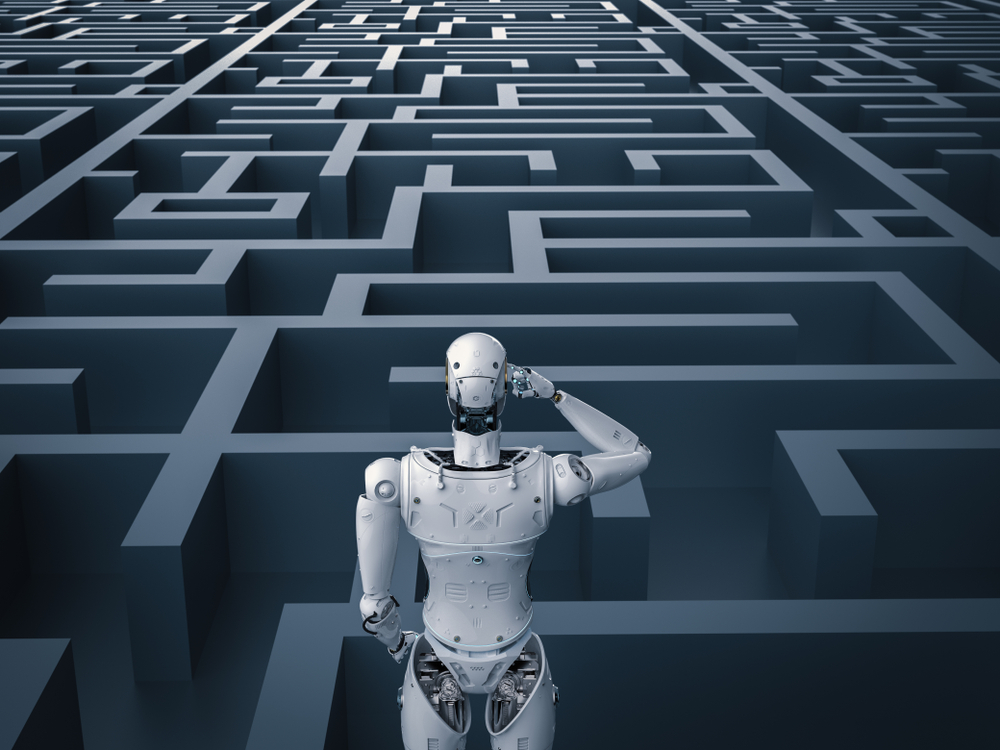Latest news about Bitcoin and all cryptocurrencies. Your daily crypto news habit.

A lot of exciting developments are taking place behind the scenes of the technology industry. Especially when it comes to ensuring robots evolve and become more human-like, interesting developments can be noted all over the world. A new experiment by MIT researchers allows robots to navigate more like humans.
The Evolution of Robots Continues
It is quite interesting to note how robots continue to evolve on a rather regular basis. MIT Researchers are currently exploring different ways of achieving this. One new venture focuses on helping robots navigate environments like their human counterparts would do. This relies on a newly developed motion-planning model.
To put this in perspective, the new motion-planning model allows robots is to determine how they want to reach a goal. This method requires looking at the current environment, observing other agents, and utilizing previously obtained knowledge to one’s full advantage. It is very similar to how humans subconsciously make decisions in terms of navigation. Translating that concept to robots is a bigger challenge than originally assumed.
Over the years, it has become apparent robots often struggle with navigation. That is not entirely abnormal, as the research pertaining to robotics is still in the relatively early stages. Letting robots determine how they want to reach a specific goal is a very different take on things altogether. Powered by motion-planning algorithms, a “tree” of possible decisions will be brought to our robotic friends and allow them to make a well-weighed decision.
For the robots in question, these algorithms will introduce a step-by-step decision-making process. Based on that collective information, the robot can make a decision and execute the best path to reaching a specific location. Although these algorithms are not known for their “learning capabilities”, a new breakthrough has been made in this regard.
Researcher Andrei Barbu explains it as follows:
“Just like when playing chess, these decisions branch out until [the robots] find a good way to navigate. But unlike chess players, [the robots] explore what the future looks like without learning much about their environment and other agents. The thousandth time they go through the same crowd is as complicated as the first time. They’re always exploring, rarely observing, and never using what’s happened in the past.”
The newly developed model combines a planning algorithm with a neural network to add a learning aspect to this decision-making process. It is still on a different level compared to how the human brain makes such decisions and uses previously gathered knowledge, although the end result can be very similar. There is still plenty of work to be done prior to perfecting this new MIT research, but the initial results are very promising. Another big step is taken toward integrating robots and synths into our society in the future.
Disclaimer
The views and opinions expressed in this article are solely those of the authors and do not reflect the views of Bitcoin Insider. Every investment and trading move involves risk - this is especially true for cryptocurrencies given their volatility. We strongly advise our readers to conduct their own research when making a decision.